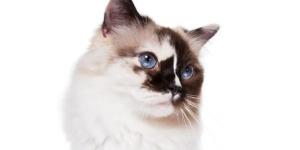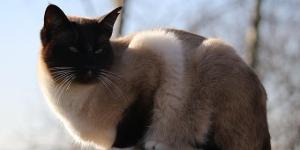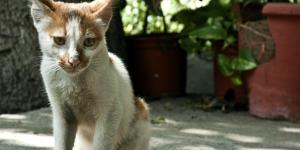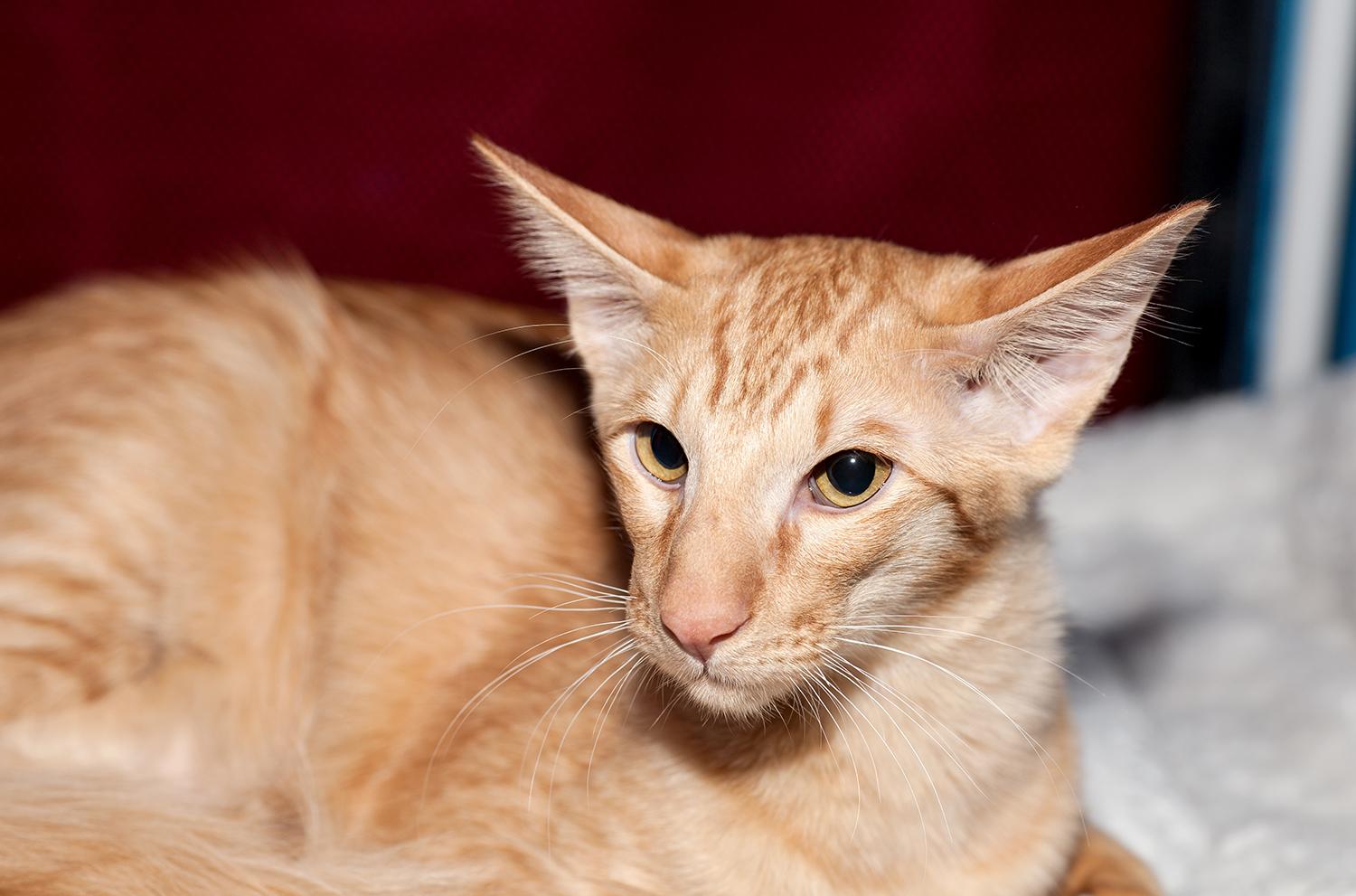Javanese Cat

Also known as Colorpoint Longhair, the Javanese cat is considered as one of the most endearing cat breeds in the world. In addition, many cat lovers say this cat can speak!
For more about the origins, physical characteristics, character, care and health of the Javanese cat breed, keep reading here at AnimalWised.
- Europe
- United Kingdom
Origin of the Javanese cat
Despite their name, these cats have nothing to do with the island of Java. The Javanese is, in fact, a descendant of Oriental (Colorpoint) shorthair cats and Balinese cats which were crossed in the 60s. The Javanese cat has a complicated origin which seeps into its classification. Javanese cats are a type of ‘longhaired Siamese’ covered in Colorpoint, this is why they are also sometimes know as the longhaired version of Colorpoint shorthair cats.
The Javanese cat was officially recognized by the TICA in 1983, and by the CFA in 1995. However, in 2008, Javanese cats were than re-categorized as a division of the Balinese cat breed.
Characteristics of the Javanese cat
The Javanese is a medium sized cat breed that usually weighs between 4-6 kilograms, with a life expectancy of between 14-18 years.
Javanese cats have a slender, strong, tubular and muscular body with long and flexible limbs. They carry a long and thin tail, with hairs that resemble a kind of plumage. The head of the Javanese cat is triangular, long and narrow, with a thin snout which is shaped like a wedge. They have almond-shaped eyes which incline towards the snout.
The Javanese cat is often characterized by its long hair and unique long ears, which are broad at the base but markedly dotted at the ends. These ears also always lean slightly towards the sides of the head.
Javanese cats have a dense and soft coat which is longer on the tail and neck. The most common Javanese cat colors are solids, although almost all colors and patterns are allowed. The most common include the unicolor, bicolor, turtles, smoke, tabby, silver tabby, van and harlequin.
Additionally, Javanese cats are hypoallergenic, meaning they are great cats for people with allergies. For more, we recommend reading our article where we list 10 hypoallergenic cat breeds for allergic families.
Character of the Javanese cat
The Javanese cat breed has an affable and endearing character. They are affectionate cats, who are great at communicating, able to release adorable sustained meows and a penetrating gaze when in need of attention.
Known for being intelligent, these cats are easy to educate and love learning tricks. Additionally, they are great cat breeds for flats and/or apartments.
This flexible feline adapts easily to varying environments. They are excellent cats for both children and elderly and enjoy receiving affection and playing games.
Are you trying to understand what your Javanese cat is trying to tell you? Read about 11 sounds that cats make and what they mean.
Javanese cat care
Because they are considered semi-longhaired cats, they require frequent brushing to avoid the appearance of hairballs. This brushing is simple, since they lacks a fleecy base layer, which is present in other breeds such as the Siberian cat. This means that their hair doesn’t tangle easily and is easy to maintain.
Because the Javanese cat love to play, you need to make sure to offer it plenty of play time and exercise, especially if you live in an apartment. As with all feline breeds, you will also need to maintain its nails, teeth, fur, eyes and ears clean. This is in addition to providing it with a healthy and balanced diet, vaccinations and a proper deworming schedule.
Javanese cat health
Generally speaking, the Javanese is a healthy and strong cat breed. However, they do share similar genetic pathologies of the Siamese or similar breeds, such as protuberance of the cranial sternum or endocardial fibroelastosis.
Because this cat breed lacks a woolly layer, they are sensitive to the cold. This means that you will have to be careful, especially when letting your Javanese out into the cold. These cats are prone to respiratory diseases, therefore, this should be avoided.
- Fédération Internationale Féline. Oriental longhair. Disponible en: http://www1.fifeweb.org/dnld/std/BAL-SIA-OLH-OSH.pdf.
- The Cat Fanciers Asscociation. About the Oriental. Disponible en: http://cfa.org/Breeds/BreedsKthruR/Oriental.aspx.
- The International Cat Association. Oriental Semilonghair. Disponible en: http://www.wcf-online.de/WCF-EN/standard/siam/orientale%20semilanghaar.html
Javanese Cat photos










